What This Artist Does With an X-Acto Knife Is Stunning
Give Bovey Lee an X-Acto knife, and she'll give you a work of art.
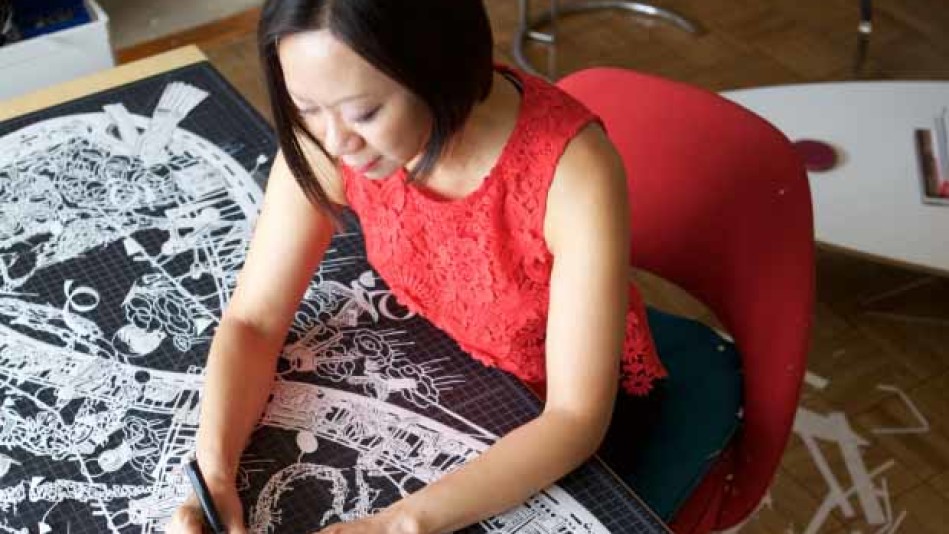
Photo: Jeanie Choi
For Bovey Lee, the X-Acto is mightier than the sword. On any given day, the 46-year-old artist spends up to seven hours in her Los Angeles studio, using her trusty blade to carve out detailed vignettes—ballerinas pirouetting on bamboo grass, a seamstress stooped over a sewing machine, a swirling cityscape dotted with people and skyscrapers—each wrought from a single sheet of white paper. "I feel so alive when I'm cutting into the paper," says Lee, whose elaborate scenes have been shown in museums and galleries from Shanghai to Zurich.
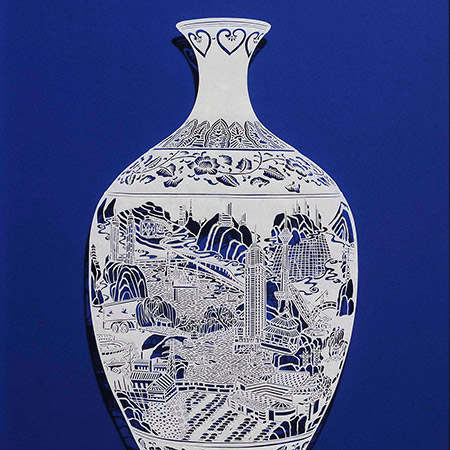
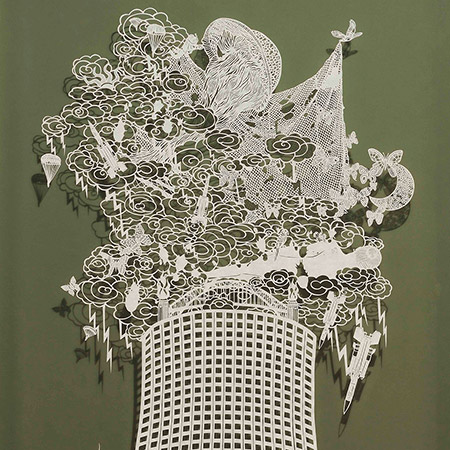
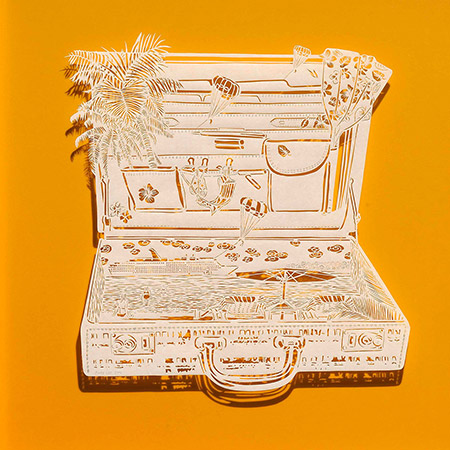

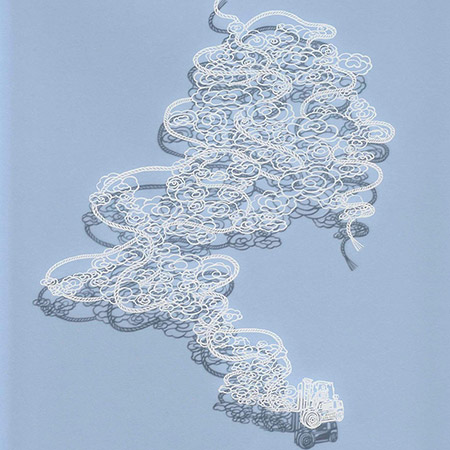


Photo: Courtesy of Rena Bransten Gallery
Paper cuttings of a modernized Chinese vase
Lee made her first cut ten years ago. "I'd been working in digital media for nearly a decade, but I missed making things with my hands," says the Hong Kong native, who studied calligraphy as a child and holds master's degrees in painting and computer graphics. "Using a computer and mouse isn't as intimate an experience." In 2004, she traveled home to visit her father, a fellow art lover, and happened upon his assortment of traditional Chinese paper cuttings: small works depicting opera masks and zodiac animals in bright colors like red, blue, green, and fuchsia. Smitten, Lee returned home with the collection and spent a year researching the craft before getting to work.Paper cuttings of a modernized Chinese vase

Photo: Photo: Courtesy of Rena Bransten Gallery
A briefcase that contains a summer getaway
While Lee's technique ultimately relies on her meticulous incisions, she begins by creating a digital template of her design, which she then prints and places over a sheet of Chinese rice paper. ("It's the first material I used as a kid," she says. "It's like working with a childhood friend.") With the template in place, she begins the precise cutting process, which leaves no room for error. "I once spent 60 hours crafting a piece," says Lee, "but cut away too much material and had to start over again!" The technique can be tedious, but Lee relishes every slice — as does her father. "He likes that my work is more conceptual than traditional cut paper," says Lee, "which often depicts things like village life and dragons." His only suggestion: "Consider using color."
A briefcase that contains a summer getaway

Photo: Courtesy of Rena Bransten Gallery
A power plant inspired in part by an earthquake in China
A power plant inspired in part by an earthquake in China

Photo: Courtesy of Rena Bransten Gallery

Photo: Courtesy of Rena Bransten Gallery

Photo: Courtesy of Rena Bransten Gallery



